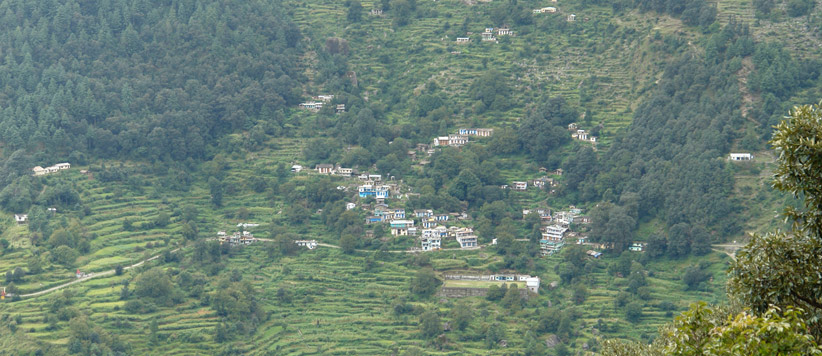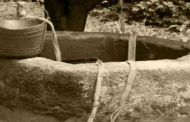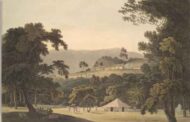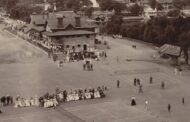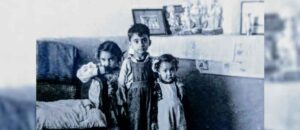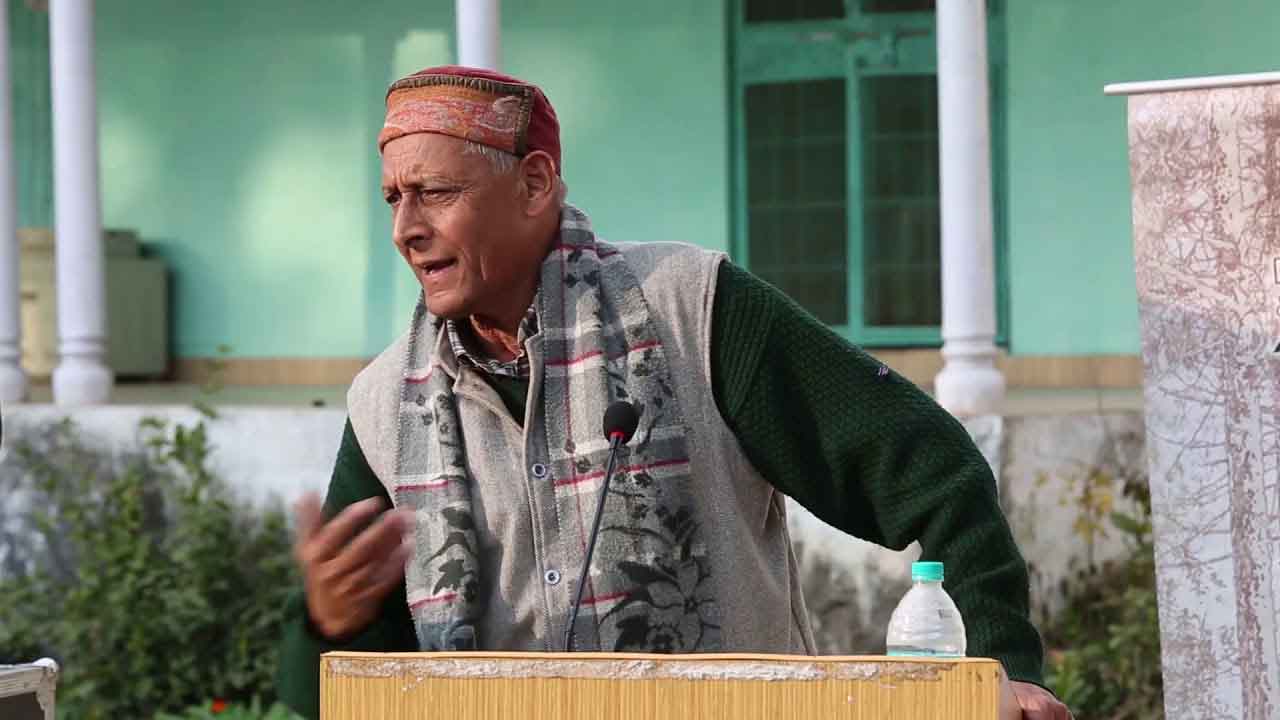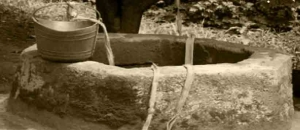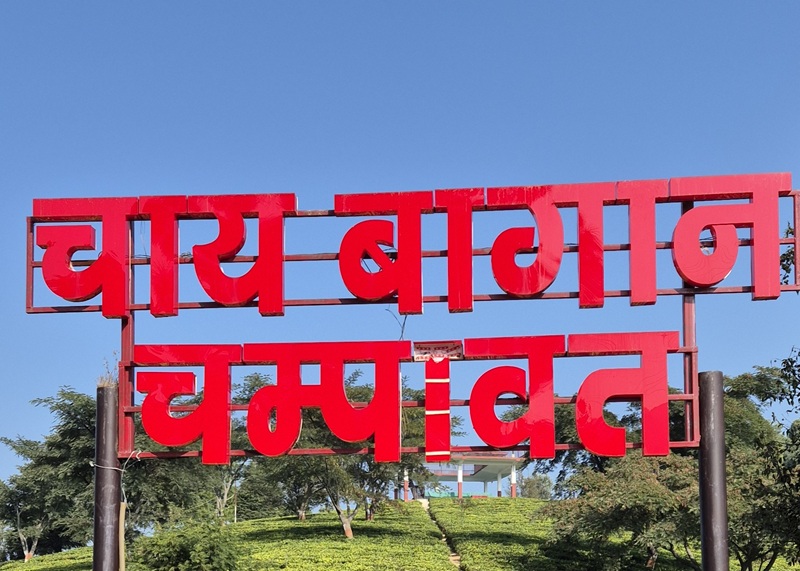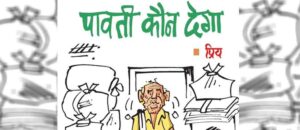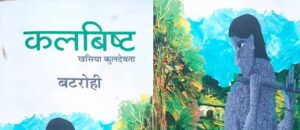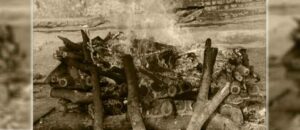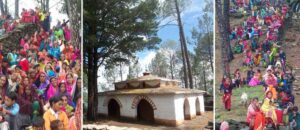हिन्दी में पढ़ें: पांगू के देवता श्यांगसै और माँ पूर्णागिरी की कथा
In the village of Pangu in Uttrakhand of India is the temple of Shyangse. Nearby in Chaudans is a temple of the mother goddess. Purnagiri whose original home is in Tanakpur, in the hot plains to the south. Shyangse is an ancestor-god of the Rung people of the byans Valley. But Purnagiri is a famous Hindu goddess. How did purnagiri travel from he hot, humid plains to a mountain village?
Long ago, a dhami (shaman) who worshipped and represented the god Shyangse traveled with his younger brother to Tanakpur. Just as they arrived in Tanakpur , which now lies on the border between India and Nepal, a wave of cholera and smallpox regularly attacked the Himalayan foothills, killing hundreds of thousand of people, destroying families and entire villages.
‘If we stay in Tanakpur, we are sure to die,’ the brothers decided and hurried back towards Chaudans as quickly as they could. They were also worried about bringing back cholera to their village and making their friends and families sick.
But the invisible germs had already caught the younger brother. He tried to walk as fast as he could, but soon he started falling behind his brother. The elder brother, who was the shaman to a powerful god, looked at his brother and realized that cholera would kill him.
‘Brother! Don’t walk away so quickly,’ the sick man called out. ‘I can still walk, and if you boil some water for me, I can reach home.’
‘You have been marked for death. I cannot risk catching the disease. Somebody has to run to our village and warn everybody,’ the older brother said and hurried away. He left his sick brother lying by the roadside.
‘It is difficult to say if an action is good or bad without understanding everything,’ the sick man thought. ‘My brother left me here to die, but if he can reach the village without catching cholera, he will save many lives.’
After reaching Chaudhans, the shaman told everyone what had happened to his brother. Villagers made haste and prepared themselves by boiling their drinking water and not letting any outsider enter the village. Nobody became sick, nobody died.
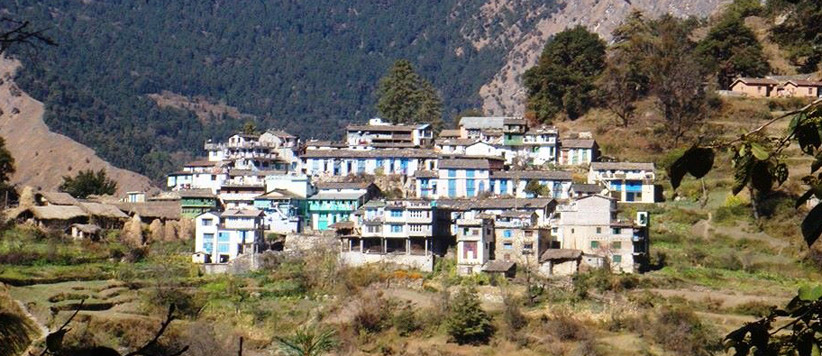
Sosa Village of Chaundas Valley. Photo: Ravi Patiyal
Just before the funeral rites could be carried out, the god Shyangse entered the shaman in a trance and told him that his brother was still alive in Tanakpur. He hadn’t passed into the realm of the spirits.
On the road between Tanakpur and Chaudans, where his brother had abandoned him, and without anybody to help him, the younger brother had been close to death. As he suffered between life and death , a wandering yogi carrying two chimta tongs walked towards him. Those tongs were carried by ascetics to use a musical accompaniment for devotional songs, and to help them tend fires. Of the two pairs of tongs, one was of gold and the other of iron.
The yogi crouched by the sick man and touched him, one by one, with the gold tong and the iron tong. He asked ‘which of these tongs will you take?’
The sick man thought, ‘I am weak from choleera. If I carry gold, I may be robbed by bandits who cover gold. If I live and return to chaudans, I may be attacked and killed’ He said to the yogi, ‘I will take the iron tong.’
The yogi disappeared immediately after giving the sick man the iron tong. ‘Am I waking from a dream? The sick man asked himself. But he saw the iron tong by his side and knew it had not been a dream. He drifted in and out of sleep, unable to seprate what was dream and who was real.
‘Are you alright?’ he heard a young child ask.
She was a young girl in Tibetan dress, a child of the mountains. He tried to answer, but he was weak with disease and could barely speak. The child ran off, and whithin moments brought her parents, who carried him away to their tent and nursed him back to health.
When the younger brother became strong enough to return to Chaudans, the goddess Purnagiri chose him as her shaman and traveled to Chaudans. Had Purnagiri tested him disguised as a yogi, offering him iron and gold tongs? Or , was it yama, asking him to choose between life and death? Or may be Purnagiri had woven the illusion of the tent and the Tibetans to help her chosen shaman. May be the girl was the mother goddess herself.
The new shaman and his goddess Purnagiri reached Chaudans. But Shyangse, who was the main god there and worked through the older brother, didn’t like the arrival of a new goddess in the village. He told Purnagiri to leave.
‘I am a goddess, and I will not be bullied,’ Purnagiri said to Shyangse. Or rather, she spoke through her shaman to Shyangse’s shaman.
The gods chose to determine superiority through combat in the human world. Each shaman attacked the other shaman, and they performed many miracles before a crowd of amazed villagers.
Purnagiri picked up a millstone and thumped it on her chest. The millstone shattered. Shyange didn’t pick up large rocks to show his strength. Instead, he grabbed a handful of rice grains and threw them with the great force that only a god can create. The battle continued. Each deity displayed more strength than the other until shyangse finally accepted defeat before Purnagiri, The goddess from the plains had defeated the god of the mountains. A temple was built for Purnagiri, but Shyangse still disliked her.
Another wave of cholera reached the mountains and spread rapidly. Entire villags died. People panicked and fled their ancestral lands. But the shaman of purnagiri had survived cholera before, so people pur their hopes in him.
‘You defied death once, O shaman of Purnagiri! Save our lives!’
The young shaman prayed to his goddess, and Purnagiri appeared in his mind. ‘Don’t worry, and do as I command. Light a large fire, and offer it barley, ghee and sesame seeds.’
The smoke from the ritual covered the village of Pangu and protected everyone while cholera killed people in other villages. Purnagiri’s glory increased. When Shyangse saw Purnagiri’s powers, he accepted her as a sister. Ever since, Purnagiri has been worshipped in Chaudans, and a mountain god and a goddess from the plains have peacefully coexisted.
वाट्सएप में काफल ट्री की पोस्ट पाने के लिये यहाँ क्लिक करें. वाट्सएप काफल ट्री
काफल ट्री के फेसबुक पेज को लाइक करें : Kafal Tree Online
Retold By: Prawin Adhikari
काफल ट्री वाट्सएप ग्रुप से जुड़ने के लिये यहाँ क्लिक करें: वाट्सएप काफल ट्री
काफल ट्री की आर्थिक सहायता के लिये यहाँ क्लिक करें


